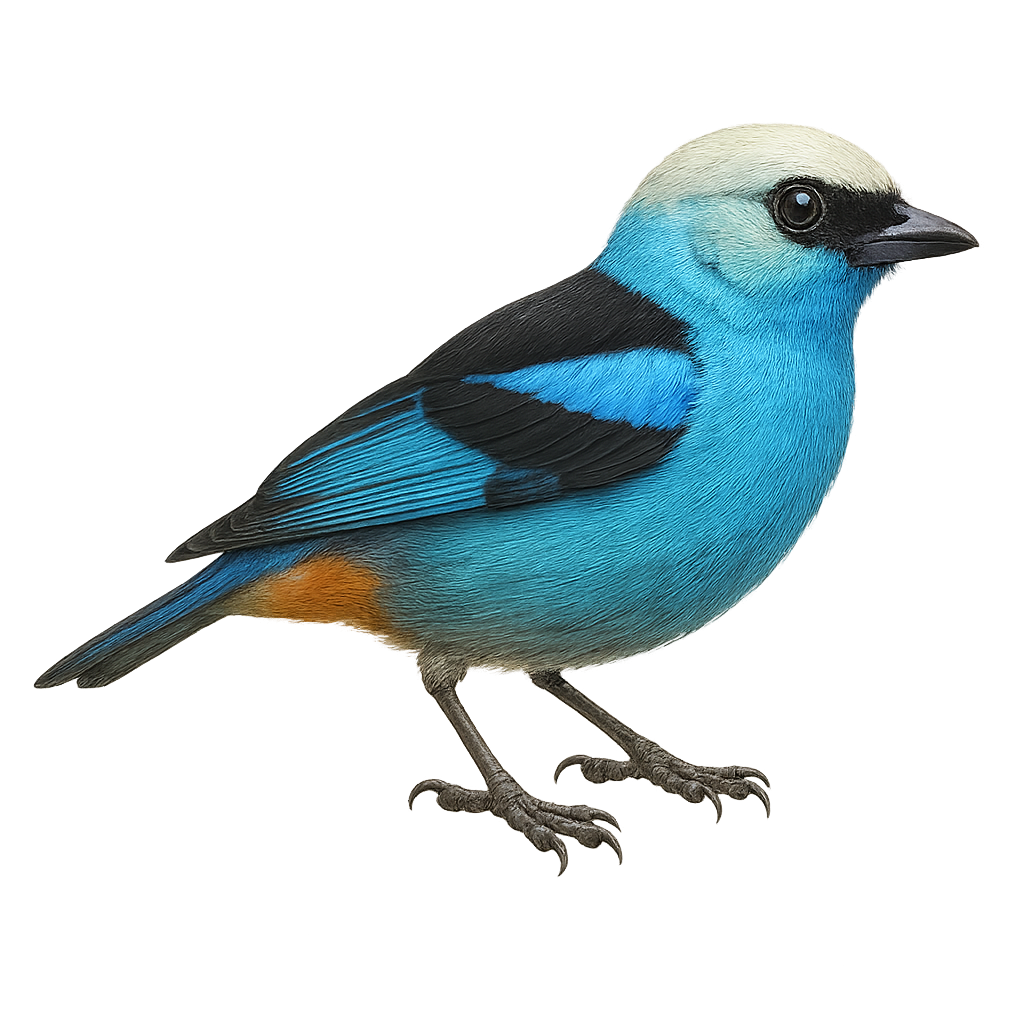Your wildlife photography guide.
Explore the green-and-gold tanager in detail, study its behavior, prepare your shots.
Where to observe and photograph the green-and-gold tanager in the wild
Learn where and when to spot the green-and-gold tanager in the wild, how to identify the species based on distinctive features, and what natural environments it inhabits. The WildlifePhotographer app offers tailored photography tips that reflect the green-and-gold tanager’s behavior, helping you capture better wildlife images. Explore the full species profile for key information including description, habitat, active periods, and approach techniques.
Green-and-gold Tanager
Scientific name: Tangara labradorides

IUCN Status: Least Concern
Family: THRAUPIDAE
Group: Birds
Sensitivity to human approach: Suspicious
Minimum approach distance: 10 m
Courtship display: March to May
Incubation: 13-15 jours
Hatchings: March to June
Habitat:
humid tropical forests, wooded areas, forest edges
Activity period :
Primarily active during the day, with peak activity in the morning and late afternoon.
Identification and description:
The Green-and-gold Tanager, or Tangara labradorides, is a small tropical songbird from the humid forests of South America, recognizable by its bright green plumage with metallic blue hues and agile form. It is mainly found in the Andes, from Venezuela to Peru, at elevations between 1000 and 2500 meters. Highly active, it often moves in flocks through the canopy, feeding on fruits, insects, and nectar. Though discreet, its vivid colors make it a favorite among bird photographers. The species is considered stable in terms of population.
Recommended lens:
400mm – adjust based on distance, desired framing (portrait or habitat), and approach conditions.
Photography tips:
To photograph the Green-and-gold Tanager, it is advisable to use a telephoto lens of at least 400mm to capture precise details without disturbing the bird. Look for areas where the birds are actively feeding, such as fruit trees, and be patient. The natural light of the morning or afternoon is ideal for highlighting the bright colors of their plumage. Use a tripod to stabilize your camera and wait for the bird to perch in a favorable position.
The WildlifePhotographer App is coming soon!
Be the first to explore the best nature spots, track rutting seasons, log your observations, and observe more wildlife.
Already 1 430 wildlife lovers subscribed worldwide

